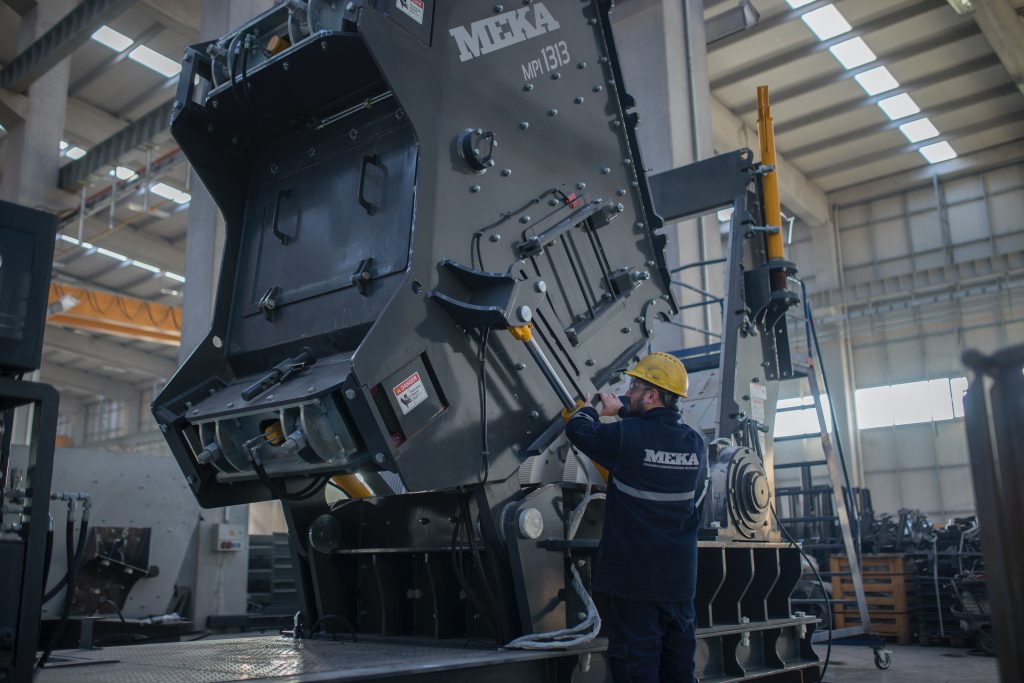
The worldwide economy today requires manufacturers to traverse a complex web of rules and regulations. These rules cover a wide range of subjects, from environmental protection to product safety, and they come from a number of sources, including local, national, and international organizations. Respecting these legal requirements is essential for maintaining a solid reputation, ensuring customer confidence, and fostering sustainable corporate growth. It is also a matter of compliance. This article will look at how businesses deal with the intricate web of domestic and international legal requirements.
Understanding the Regulatory Landscape
Understanding the regulatory context in which manufacturers operate is the first step—locating and classifying the numerous legal rules that apply to their sector. The regulatory environment that manufacturers operate in is complex and governed by national, international, and regional law. Locally, they are bound to follow laws that are specific to the region and take into account concerns with the environment, taxes, safety, and labor. National governments enact legislation with an influence on manufacturing, such as import/export regulations and industry-specific legislation. For entry into international markets, compliance with international standards, such as those set out by ISO, is crucial. Additionally, different industries have different requirements for compliance; for instance, pharmaceutical firms must adhere to Good Manufacturing Practices (GMP), whereas food manufacturers must follow regulations for food safety.
Construction of a Compliance Team
A dedicated workforce capable of handling the intricacies of regulatory requirements is vital for legal compliance. Manufacturers often establish a compliance team or department responsible for staying informed about relevant laws, monitoring regulatory updates, and ensuring the company adheres to all legal obligations. One key player in this compliance team is the Product Safety & Conformity Representative (PSCR), who possesses the specialized knowledge needed to navigate intricate regulatory landscapes. With their guidance, the compliance team meticulously assesses product designs, materials, and manufacturing processes, ensuring strict adherence to industry-specific guidelines.
Establishing Stable Procedures and Documentation
Implementing particular procedures and recording compliance metrics are frequent components of complying with legal requirements. Manufacturers are required to keep thorough records to prove compliance with legal standards. These records might consist of:
- Manufacturers create Standard Operating Procedures (SOPs) that describe how various procedures should be carried out. These processes guarantee uniformity, quality, and adherence to laws.
- Quality Control Records are essential for demonstrating the consistency and safety of a product. Documentation of quality control procedures is crucial in showcasing how products align with specified standards and how any discrepancies, including PSCR-related issues, are effectively handled. These records provide a comprehensive overview of the product’s quality, safety, and adherence to regulatory requirements, offering transparency and accountability in manufacturing operations.
- Environmental effect reports: As required by environmental legislation, manufacturers are required to monitor and document their environmental effects, including emissions, waste management, and resource consumption.
Continually Learning and Adapting
Laws and regulations may change over time due to the changing regulatory environment. Manufacturers must be alert and flexible, keeping up with changing legislative requirements and modifying their processes accordingly. There are numerous important components to this proactive strategy. First and foremost, it is crucial to keep track of changes in the regulatory environment. Manufacturers should routinely check updates from regional, international, and local regulatory organizations to spot any changes that might affect their business. Secondly, participating in industry groups is beneficial. Manufacturers can gain important knowledge and updates on pertinent rules by joining groups dedicated to their industry. Finally, consulting an attorney is a wise move. Interpreting complicated regulations may be difficult, and it’s not always apparent how they apply to a particular business.
Putting Money into Training and Education
Investing in education and training is crucial for manufacturers to comply with the law. It extends beyond the execution of policies and places an emphasis on developing a skilled workforce. Manufacturers should invest in training programs that include a range of important topics, such as safety protocols, quality control measures, and advanced manufacturing techniques. These programs empower employees with the knowledge and skills needed to navigate the intricate web of legal statutes and regulations. A skilled workforce not only helps meet legal obligations but also ensures product quality, boosts competitiveness, and maintains the trust of consumers and stakeholders alike.
Conclusion
Manufacturers are operating in an intricate regulatory ecosystem that spans local, national, and international jurisdictions. Compliance with legal regulations is not just a matter of meeting requirements; it’s a fundamental aspect of maintaining reputation, consumer trust, and sustainable growth. Navigating this intricate landscape necessitates a profound understanding of the regulatory environment and an unwavering commitment to compliance practices.
